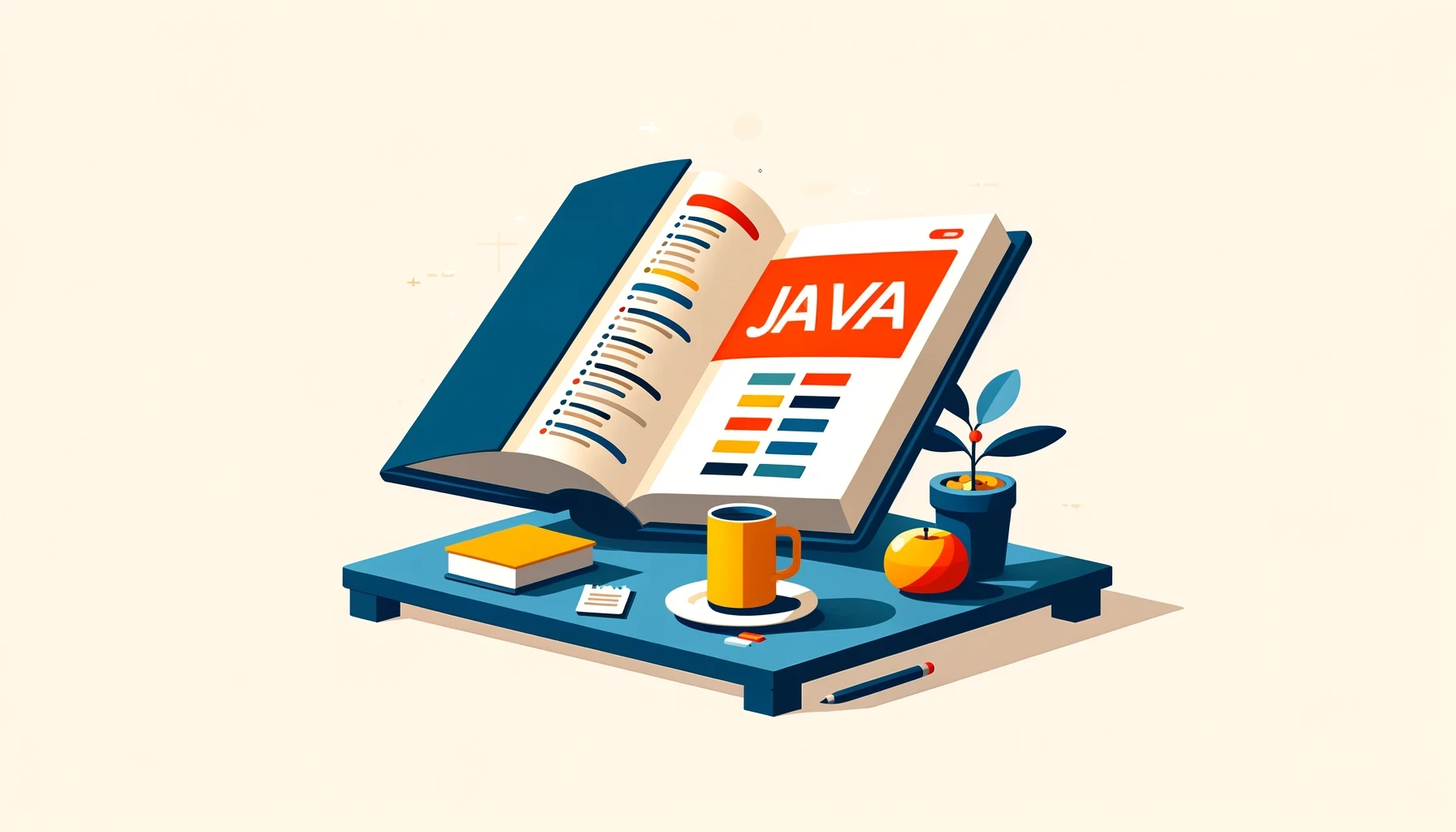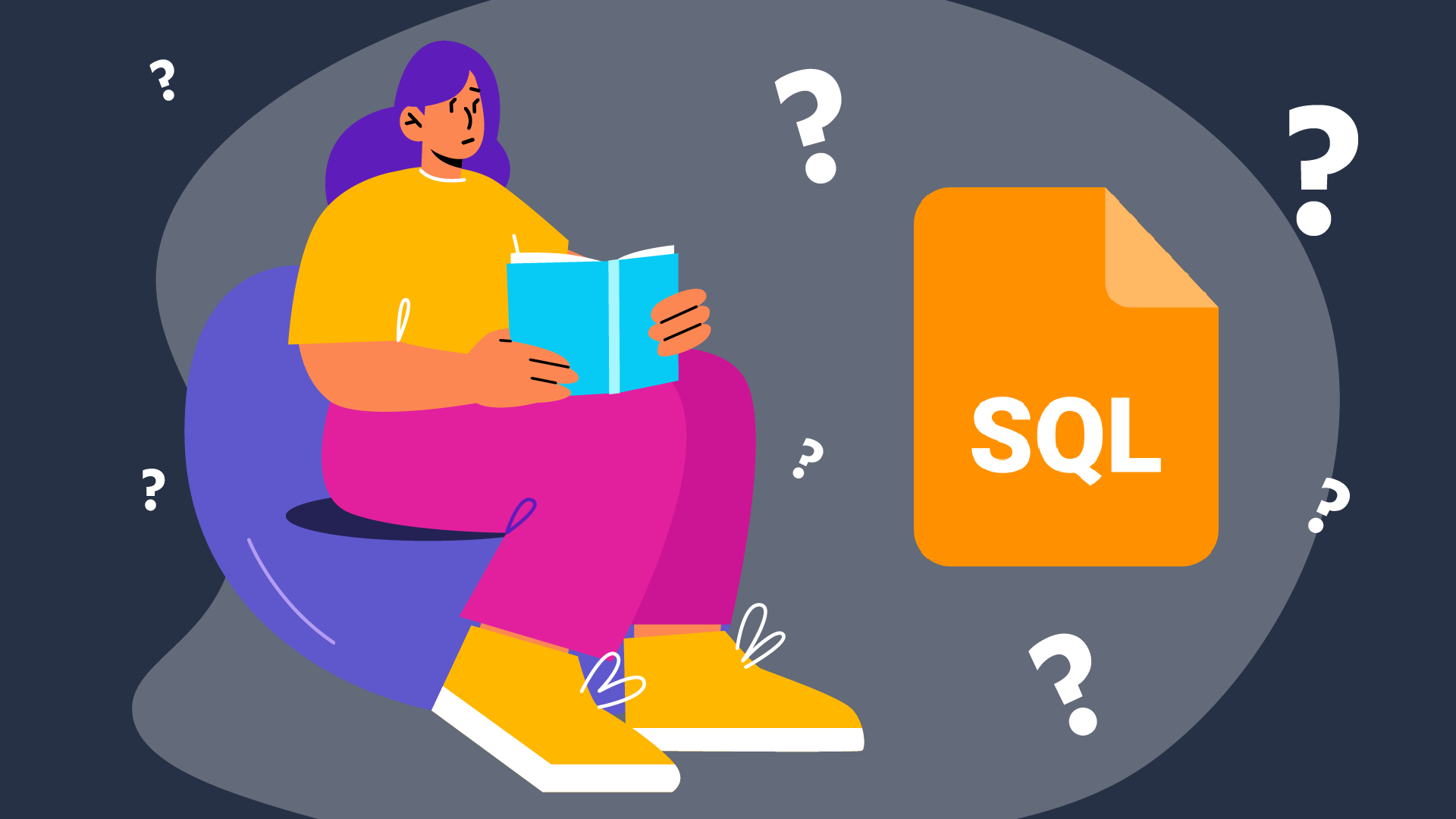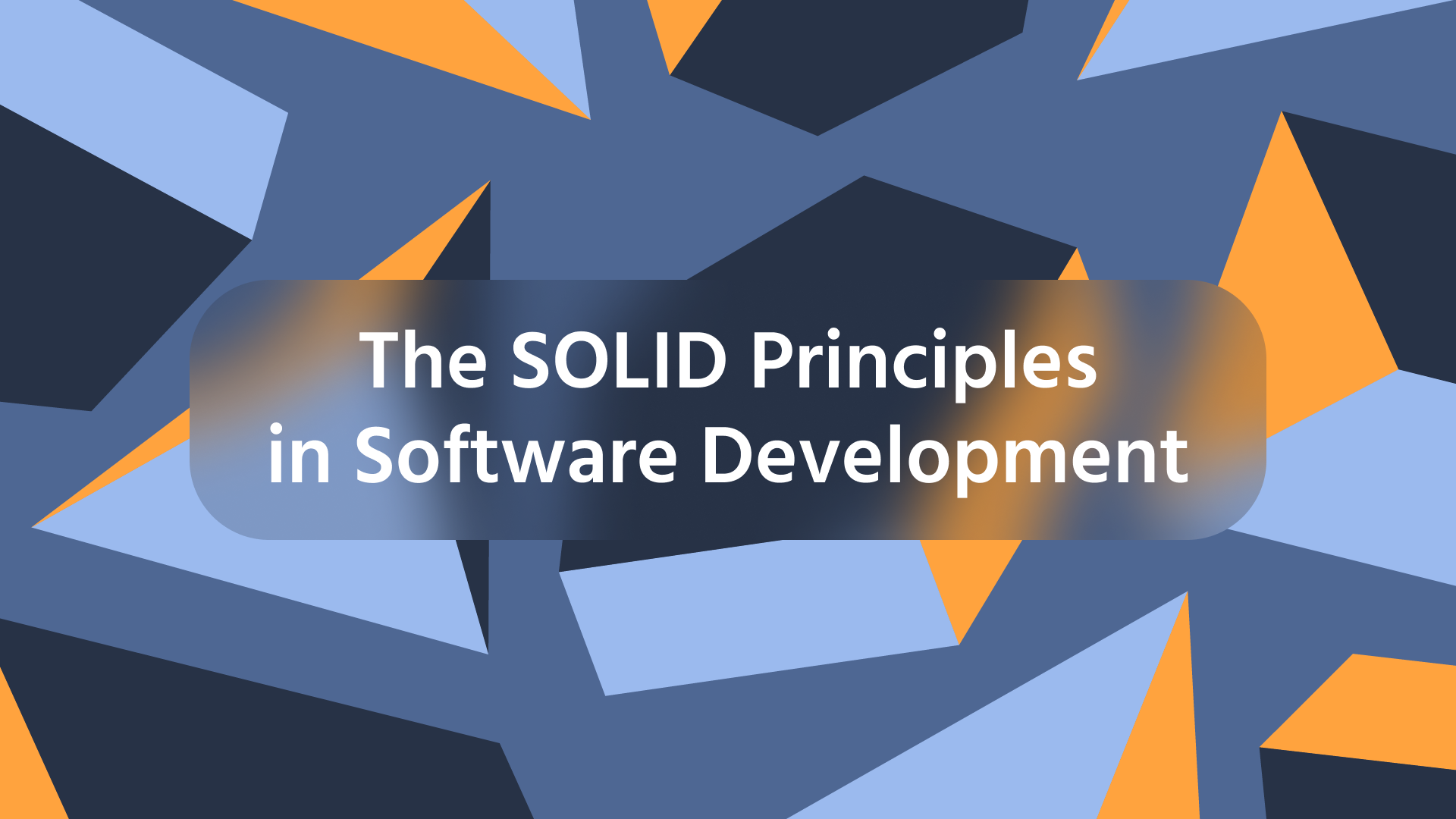Related courses
See All CoursesIntermediate
Databases in Python
"Databases in Python" is a hands-on course designed to teach you the fundamentals of working with databases using Python, focusing on the sqlite3 library and SQLAlchemy. You’ll learn how to store, modify, and retrieve data, build efficient queries, and configure databases for your projects. The course covers both SQL basics and the ORM (Object-Relational Mapping) approach, which allows you to interact with databases through Python objects. This course is perfect for beginners looking to deepen their skills in data management, application development, and information handling.
Beginner
Relational Database and Normalization
This course delves into the theory behind relational databases. You'll learn what they are and see how they differ from non-relational databases. Throughout the course, we'll walk you through the ins and outs of database design and familiarize you with various types of relationships. Additionally, you'll explore the concepts of normalization and normal forms, equipping you with the knowledge to craft efficient and optimized databases.
Beginner
Introduction to SQL
This course is perfect for beginners ready to explore the world of SQL. Whether you're just starting out in database management or aiming to use SQL for your application development projects, this course covers the essentials. You'll quickly learn how to leverage the full potential of SQL, from querying and managing data to seamlessly integrating it into real-world applications. By the end of the course, you'll have the confidence and skills to solve practical problems with SQL and enhance your development process.
Databases: Relational and Non-Relational Approaches
SQL and NoSQL

Databases play an integral role in modern information technology, facilitating the storage, organization, and efficient retrieval of vast amounts of data. Let's explore two primary approaches: relational and non-relational databases, elucidating their characteristics, purposes, and representative examples.
Relational Databases (RDBMS)
Relational databases, exemplified by systems like MySQL, PostgreSQL, and Microsoft SQL Server, represent a traditional and widely adopted approach. Their fundamental concept involves the use of a tabular structure, where data is organized into rows and columns. This ensures the structured and homogeneous storage of data, along with the ability to employ SQL for convenient and powerful queries.
Relational databases are well-suited for scenarios where data consistency is critical, as well as for systems that require complex operations and the processing of large volumes of data. They provide ACID guarantees, crucial for transactional reliability in corporate and business applications.
Run Code from Your Browser - No Installation Required

Non-Relational Databases (NoSQL)
Non-relational databases (NoSQL), represented by various types such as MongoDB, Redis, Cassandra, and Neo4j, emerged to address challenges associated with storing and processing diverse and frequently changing data. NoSQL databases do not necessarily adhere to fixed schemas, offering flexibility in storing data as documents, graphs, or key-value pairs.
These databases have gained popularity among developers of web and mobile applications, where flexibility and speed are paramount. For instance, Redis is widely used for caching and real-time data processing, while MongoDB serves as an effective solution for storing and processing diverse documents.
Comparative Analysis
When comparing both approaches, one must consider the specific needs of the project. Relational databases are suitable for tasks where data consistency and intricate operations are paramount. On the other hand, NoSQL databases are characterized by flexibility and speed, making them an ideal choice for projects dealing with vast volumes of diverse data.
Both approaches can coexist within modern systems, where a combination of different databases may be used to optimize system performance. Choosing between relational and non-relational databases always requires a careful analysis of requirements, scalability, and speed considerations. Ultimately, the judicious selection of a database is a key element in the success of any backend project.
Start Learning Coding today and boost your Career Potential

FAQs
Q: What is the main difference between relational and non-relational databases?**
A: The primary distinction lies in their data structure. Relational databases use a tabular structure with predefined schemas, suitable for structured data, while non-relational databases offer more flexibility, allowing the storage of diverse and dynamic data.
Q: When should I choose a relational database?
A: Relational databases are ideal when data integrity and consistency are crucial, and the application involves complex queries, transactions, and structured data.
Q: In what scenarios should I consider a non-relational database?
A: Non-relational databases are well-suited for projects dealing with dynamic, unstructured, or rapidly changing data. They provide flexibility and scalability, making them suitable for modern web and mobile applications.
Q: What are some popular examples of relational databases?
A: MySQL, PostgreSQL, and Microsoft SQL Server are widely used relational databases.
Q: Can I use a combination of relational and non-relational databases in a project?
A: Yes, many modern systems leverage a mix of both types of databases to optimize performance and cater to specific data needs.
Q: Are NoSQL databases suitable for large-scale applications?
A: Yes, NoSQL databases like Cassandra and MongoDB are designed for horizontal scaling and are often used in large-scale applications, providing high availability and performance.
Related courses
See All CoursesIntermediate
Databases in Python
"Databases in Python" is a hands-on course designed to teach you the fundamentals of working with databases using Python, focusing on the sqlite3 library and SQLAlchemy. You’ll learn how to store, modify, and retrieve data, build efficient queries, and configure databases for your projects. The course covers both SQL basics and the ORM (Object-Relational Mapping) approach, which allows you to interact with databases through Python objects. This course is perfect for beginners looking to deepen their skills in data management, application development, and information handling.
Beginner
Relational Database and Normalization
This course delves into the theory behind relational databases. You'll learn what they are and see how they differ from non-relational databases. Throughout the course, we'll walk you through the ins and outs of database design and familiarize you with various types of relationships. Additionally, you'll explore the concepts of normalization and normal forms, equipping you with the knowledge to craft efficient and optimized databases.
Beginner
Introduction to SQL
This course is perfect for beginners ready to explore the world of SQL. Whether you're just starting out in database management or aiming to use SQL for your application development projects, this course covers the essentials. You'll quickly learn how to leverage the full potential of SQL, from querying and managing data to seamlessly integrating it into real-world applications. By the end of the course, you'll have the confidence and skills to solve practical problems with SQL and enhance your development process.
The 80 Top Java Interview Questions and Answers
Key Points to Consider When Preparing for an Interview
by Daniil Lypenets
Full Stack Developer
Apr, 2024・30 min read

The 50 Top SQL Interview Questions and Answers
For Junior and Middle Developers
by Oleh Lohvyn
Backend Developer
Apr, 2024・31 min read

The SOLID Principles in Software Development
The SOLID Principles Overview
by Anastasiia Tsurkan
Backend Developer
Nov, 2023・8 min read

Content of this article